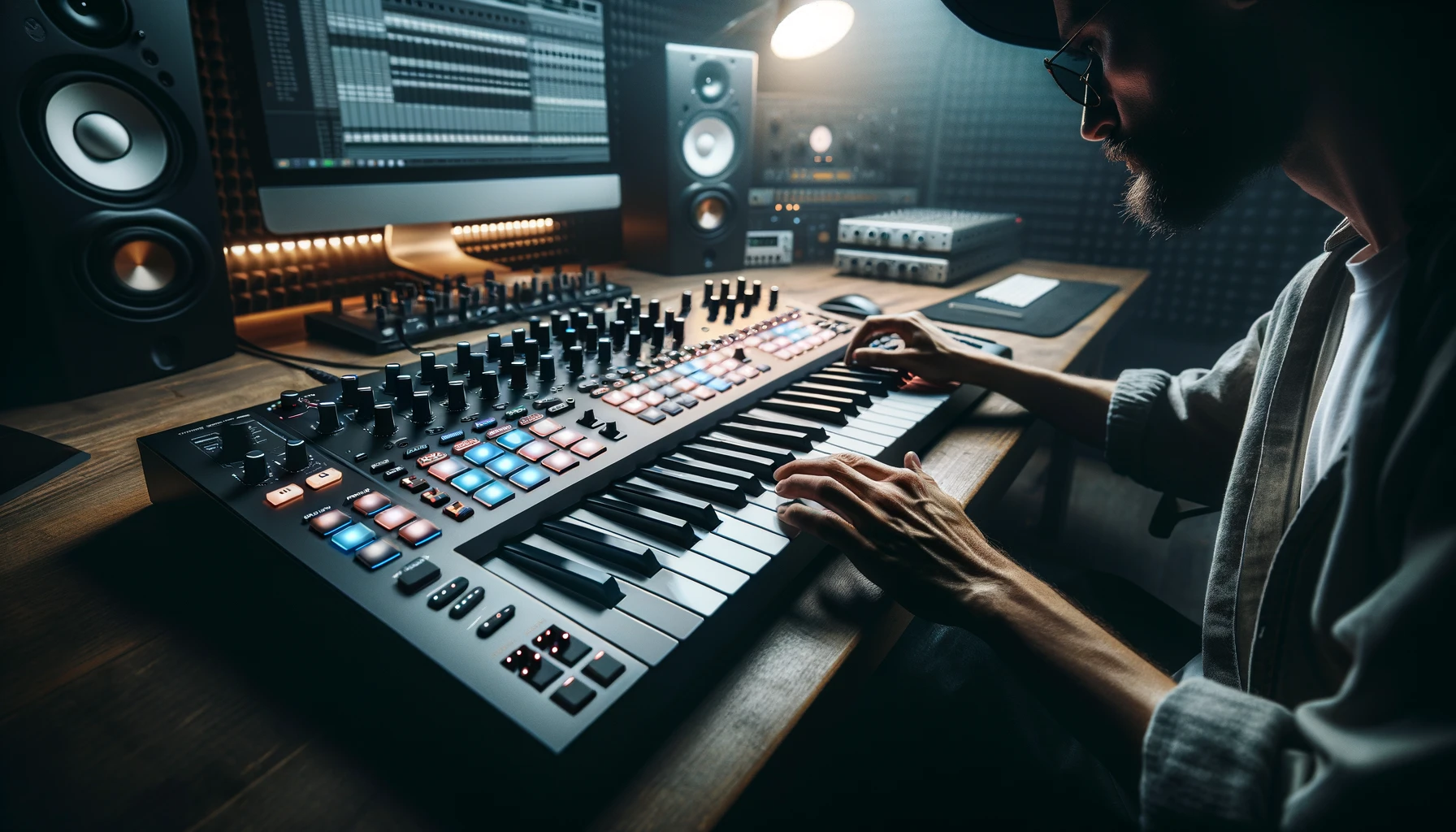Getting the most out of your music production workflow requires having the right tools.
Investing in an expensive MIDI controller can greatly improve workflow and performance capabilities for electronic musicians.
Let’s dive in and explore why it’s worth spending more on a premium MIDI controller.
Why Buy An Expensive MIDI Controller?
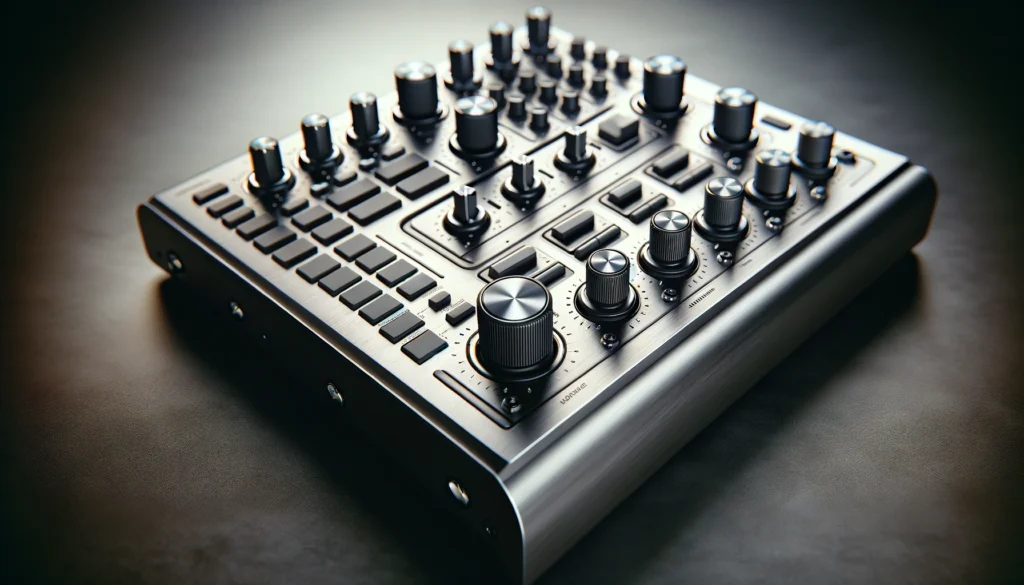
Paragraph: In short, expensive MIDI controllers provide better build quality, more keys/pads, advanced integration and features, expandability, and high-end components that directly improve music production capabilities over cheaper alternatives.
We’ll explore these advantages in more detail below.
Better Build Quality
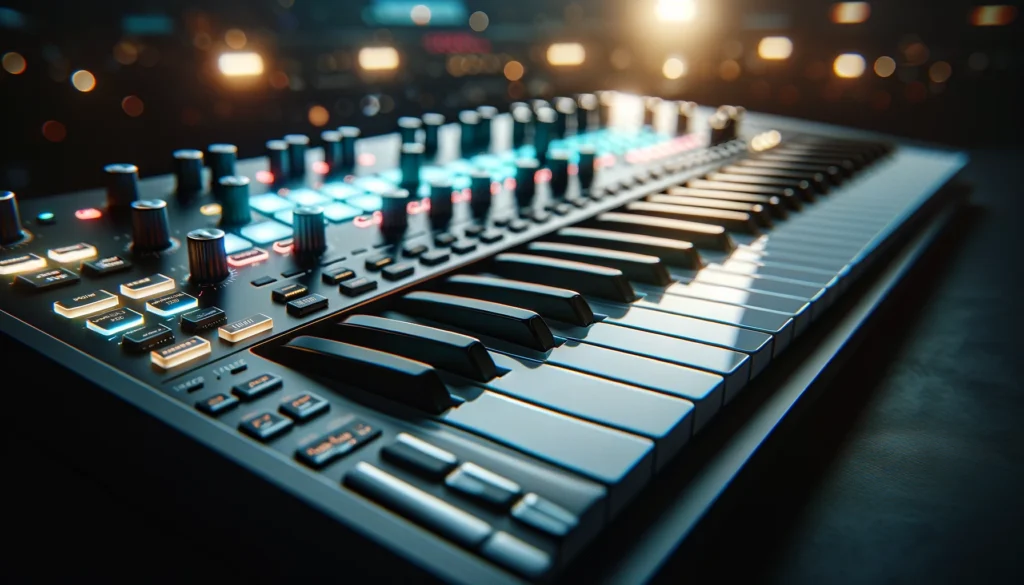
An expensive MIDI controller features sturdy construction with metal and high-quality plastics that allow it to stand up to heavy use during performances and transport without breaking.
The buttons, knobs, and faders are made of durable components that will not break easily under intense playing.
With cheap MIDI controllers, you may find that the build quality is rather flimsy.
Plastic casings can crack easily when transporting the unit, and the buttons and faders may fail over time with consistent use.
Investing in an expensive MIDI controller from a reputable brand ensures you are getting a unit made from strong and rugged materials.
Cheap MIDI controllers often use thin, brittle plastic casing that is prone to cracking and breaking when transporting the unit back and forth to gigs or studio sessions.
You may find pieces chipping off or hinges splitting after a short period of ownership.
This can compromise the structural stability of the entire unit over time.
Expensive MIDI controllers utilize heavy duty metal, thick durable plastics, and reinforced casing that can withstand the rigors of use an on the go musician will put them through.
Buttons, knobs and faders may be made of lower grade plastic or components on budget keyboards as well.
Extended periods of use like long studio sessions late into the night can cause cheaper buttons and controls to wear out quicker than the high quality variants found on premium MIDI controllers.
More Keys and Pads
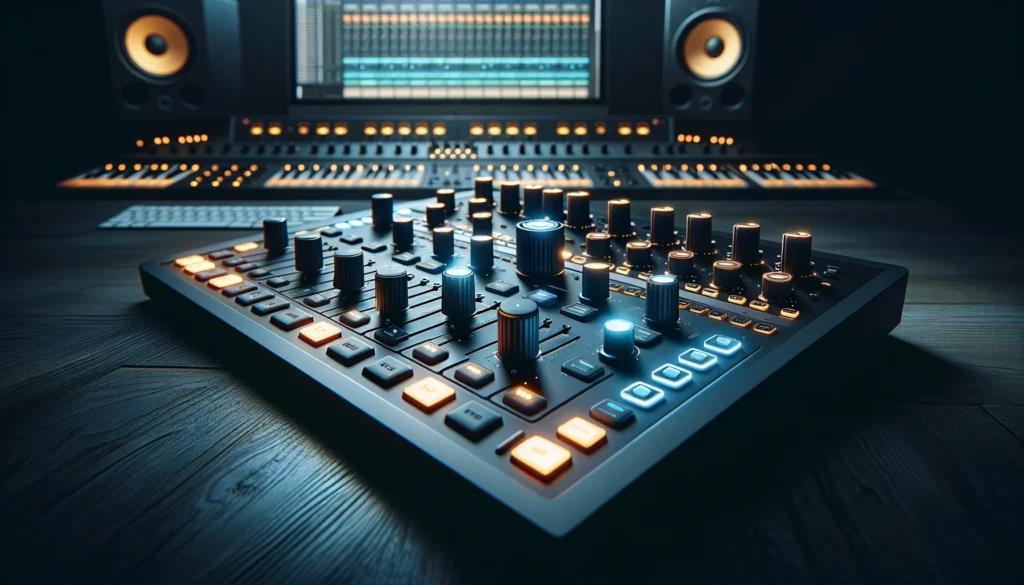
While budget MIDI keyboards may offer 25, 49, or 61 keys, an expensive MIDI keyboard designed for advanced players will provide 88 fully-weighted hammer-action keys.
This mimics the feel of playing a real piano, allowing for more dynamic and expressive performance capabilities.
The greater range with 88 keys permits playing intricate piano passages that utilize the full scope and variety of notes.
It also enables wider ranging bass lines and harmonies when used for other instruments inside your Digital Audio Workstation.
Cheaper 25 key MIDI keyboards greatly limit your ability to play complex chords or experiment with wide-ranging melodies.
Along with more keys, the pad section is also expanded on high-end MIDI controllers.
Rather than the standard 4 or 8 pads generally found on cheaper keyboards, premium models incorporate 16 or more velocity and pressure-sensitive RGB pads for beat making and triggering samples.
The sensitive pads allow for dynamic gradation of drum hits and more varied rhythmic performances.
Backlit RGB lighting offers visual feedback on pad strikes and also makes the pads clearly visible on dimly lit stages.
Cheaper MIDI keyboards often omit pad sections entirely, limiting their usefulness for crafting beats or triggering clips.
Advanced Features
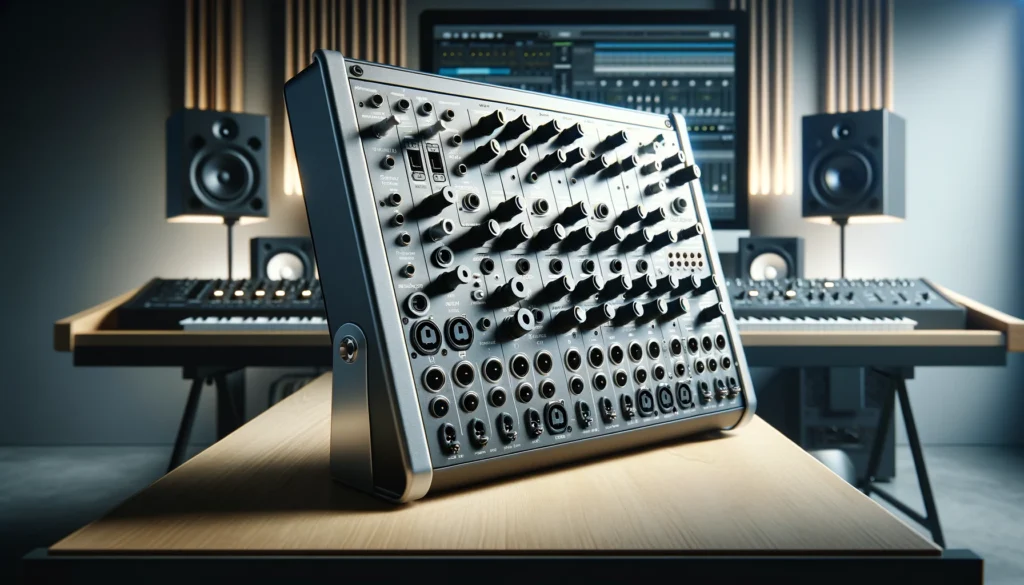
You truly get what you pay for when it comes to features on a MIDI controller.
Expensive options provide extra functionality for improved software integration and tactile manipulation capabilities compared to more affordable options.
For example, some expensive MIDI keyboards have motorized faders that automatically adjust to the correct positions based on the volume, pan or other parameter settings for the track selected in your DAW.
This ensures your fader positions always match the software values perfectly when switching between mixer channels or presets.
Cheaper keyboards lack this ability to sync bi-directionally with the software, requiring you to manually reposition the faders each time you change to a new track.
This wastes valuable time during a performance and risks throwing levels out of balance.
Multiple touch-sensitive encoders provide precise tactile control for tweaking plugin settings, browsing presets, controlling virtual instruments and more.
The touch sensitivity allows nudging values up or down with increased precision and more finite control compared to cheaper encoders without touch integration.
Backlit buttons make all the controls clearly visible when playing in the dark stages, allowing quick identification and adjustments mid-performance.
Cheaper keyboards often lack adequate lighting on critical buttons and controls, forcing users to strain their eyes or use cell phone lights in order to identify functions, which greatly hampers live playability.
Tight Integration with DAW
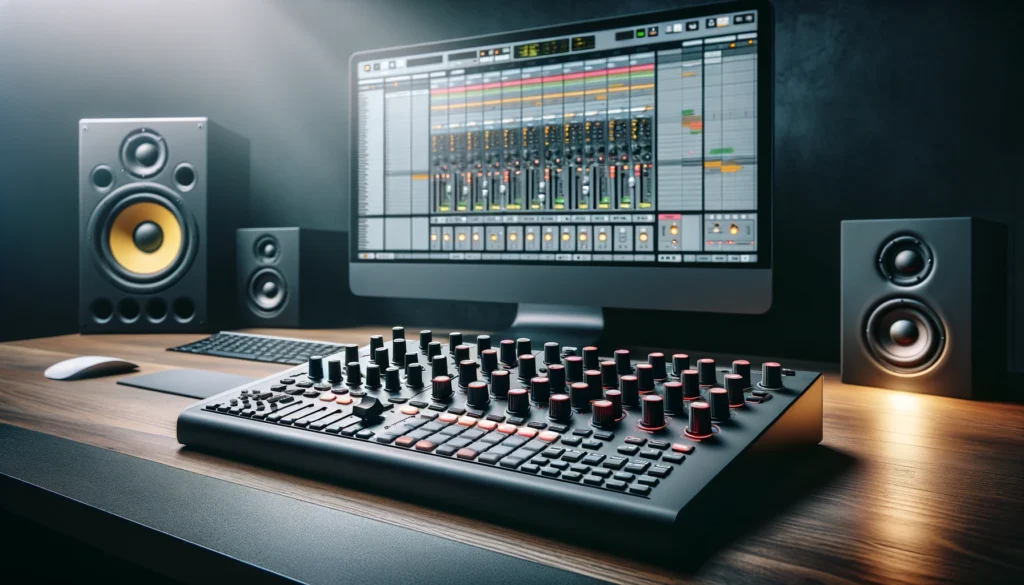
Reputable MIDI controller brands design premium keyboards specifically tailored for seamless integration with popular Digital Audio Workstation platforms like Ableton Live.
This means they offer deep software control straight out of the box unlike cheaper generic keyboards requiring extensive mapping to become functional.
Included software control templates provide immediate mapping to key parameters in your chosen DAW without hours of manual CC assigning.
Enabling immediate control over functions like track volumes, send levels, plugin parameters, and more that cheaper keyboards lack preconfigured templates for.
Critical controls can be accessed quickly thanks to the tight DAW integration, opening up more creative possibilities and avoiding wasting time mapping functions during the precious creative process.
Most MIDI keyboards in lower price ranges may feature very basic transport buttons for rudimentary play/stop/record functionality with a DAW like Ableton or Logic.
Expensive MIDI controllers take software integration to the next level by adding dedicated controls for more elaborate DAW mixing, editing automation, session view launching, MIDI mapping, and more.
The difference in workflow efficiency and software functionality between a dedicated controller versus a budget unit offers exponentially expanded creative possibilities.
Reducing click and scroll time staring at the computer screen by putting these advanced features right at your fingertips.
Room for Expansion
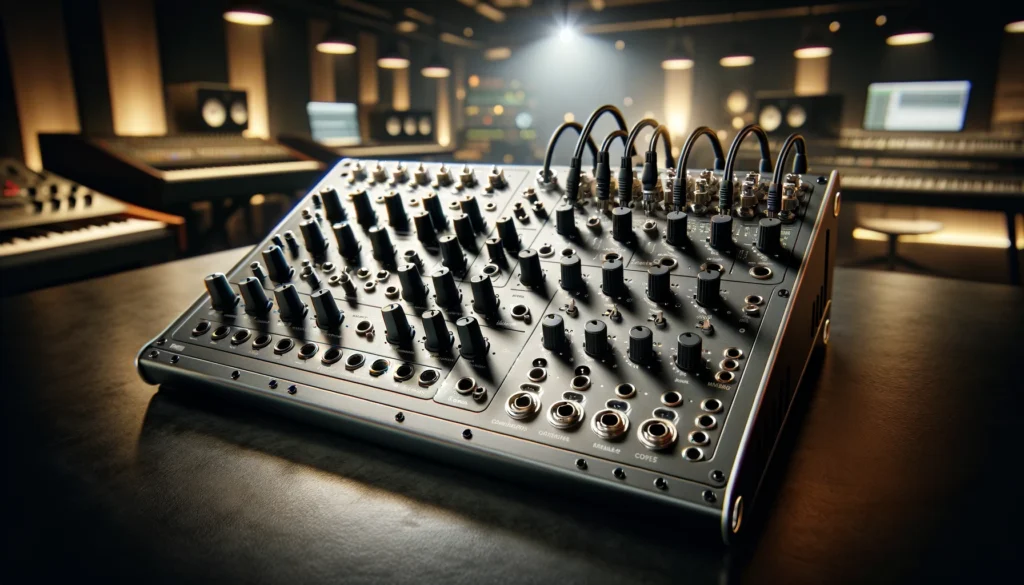
With budget MIDI controllers, you usually get just the basic built-in keys, pads, faders, and perhaps a few buttons or knobs.
Without much room left for expanding the unit’s input/output capabilities any further.
Expensive, pro-level controllers allow room for expanding the unit’s capabilities with additional switches, expression pedals, and modular connection jacks.
Such as sustain pedal inputs for connecting an external expression pedal to utilize for synth modulation, wah effects or volume swells for example.
Modulation wheel and pitch bend inputs often allow connecting a secondary wheel controller as an alternate option to the built in wheels.
Control voltage (CV) or Gate inputs are sometimes included for directly plugging into analog modular synthesizers from makers like Moog or Make Noise to control aspects like pitch, gate triggering and more.
Integrating the analog modular workflow and possibilities directly from your MIDI controller surface greatly enhances sound design creative possibilities compared to cheaper keyboards that lock you strictly into the world of MIDI only instruments.
Some pro MIDI units feature empty panel spaces with labels or thin plastic covers over voids allowing users to affix their own customized buttons, faders or rotary encoders in blank spaces.
Getting highly specific controls tailored exactly for a particular user’s personal workflow preferences.
MIDI in/out connection jacks featuring on pro-level controllers additionally permit sending/receiving MIDI data to/from external sound modules and keyboards for stacking multiple devices or transmission to alternate destinations like lighting boards.
Overall the expandability and connectivity offered on expensive MIDI keyboards greatly outclasses lower end models aimed at beginners with their limited I/O options.
High-Quality Components
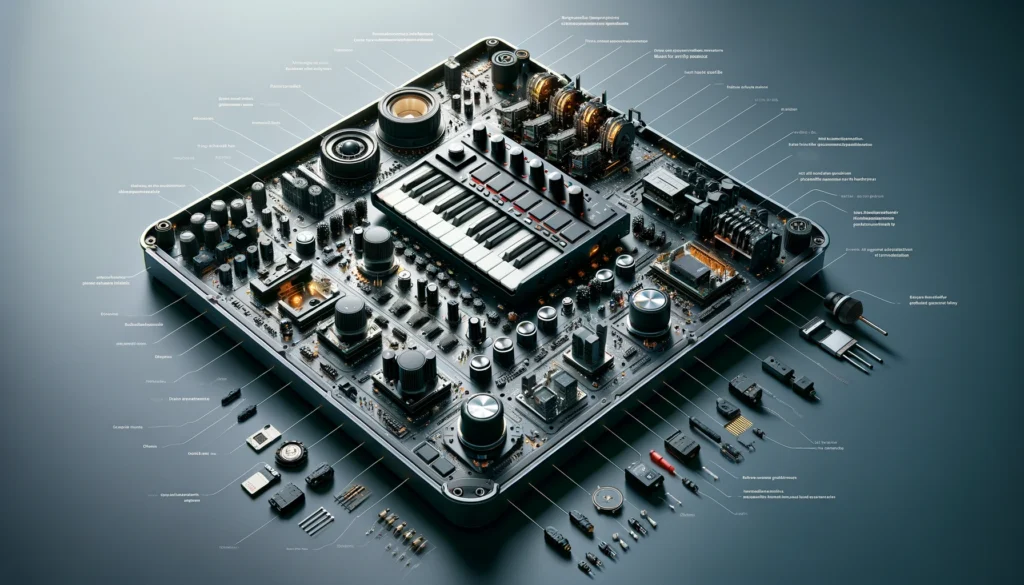
Under the hood, expensive MIDI controllers stand apart from budget options thanks to the utilization of premium audiophile-grade components that translate your playing into accurate high-fidelity performance data for rich and dynamic sound reproduction.
The keybed mechanism contains precision optical sensors and contact-free switch triggers that accurately communicate subtle nuances in velocity and pitch information to your virtual instruments and Digital Audio Workstation without fail.
Capturing every rhythmic swing, dynamic accent, and harmonic overtone your passionate performance infuses.
Cheaper keyboards tend to utilize primitive lower bitrate sensors and contact-based switches for the keys that fail to capture intricate human playing details.
Flattening emotional performances into sterile robotic sequence playback replicas.
High-resolution OLED or full color LCD displays clearly provide visible parameter feedback compared to the tiny, often monochromatic screens budget keyboards offer that prove difficult to accurately read on stage when making quick adjustments.
The larger interface screens with crisper rez and more accurate color replication assist in dialing in precise parameter tweaks on the fly during fast-paced performances where each millisecond counts.
All the connection jacks and ports for hooking up accessories utilize heavy duty metal construction on premium MIDI controllers as opposed to cheaper thin plastic prone to snapping off accidentally.
High quality copper shielded cables reliably maintain audio signal integrity with gold-plated connectors securely fitting into jacks designed for thousands of insertions without failure.
Two critical weak points on budget MIDI controllers often stem from flimsy connection jacks and thin, unshielded audio cables that may short circuit or fall out unexpectedly mid-performance.
Investing in pro-level components guarantees reliability when it matters most during mission-critical use cases in studios or live on stage at sold out venues.
Overall investing in a premium expensive MIDI controller like those from Native Instruments or Roli pays dividends across all aspects from build quality to playability, expandability, tactile control integration and audiophile-grade components translating performances into precision musical data.
While the price tag may seem intimidating at first, rest assured that the elevated cost brings tangible improvements to workflow and performance capabilities for electronic music creators, producers, and performers at all stages alike.
Conclusion
In conclusion, while expensive MIDI controllers require a greater upfront investment, the elevated cost directly translates to tangible improvements in build quality, keys/pads, integration, expandability, components, and features.
For intermediate to advanced musicians pursuing music production professionally, an expensive MIDI controller pays dividends across workflow efficiency, expressive playability, ruggedness and module connectivity compared to entry-level options.
Prioritize your needs, compare critically, and choose wisely.
